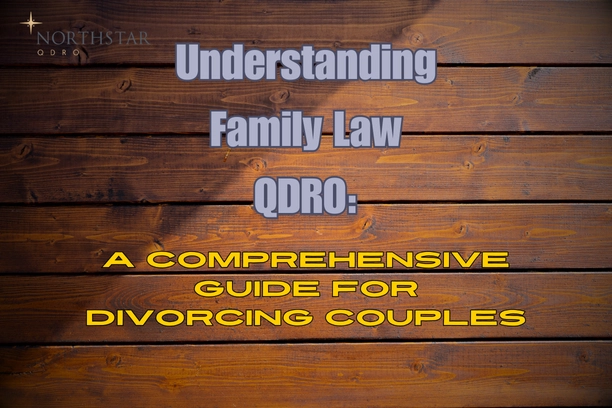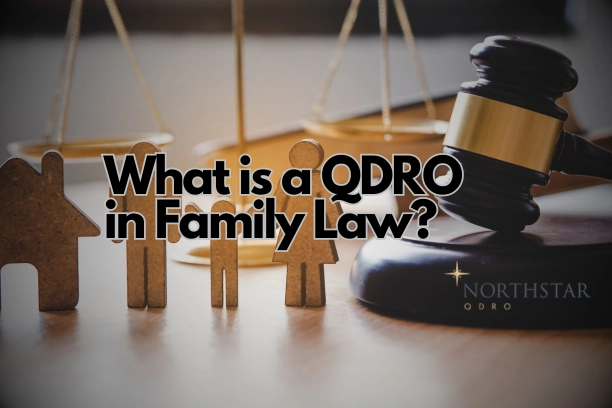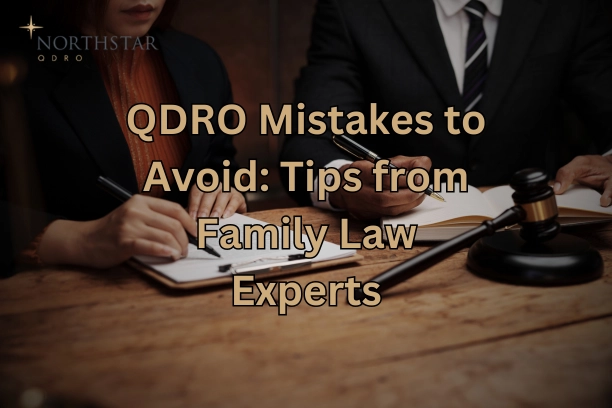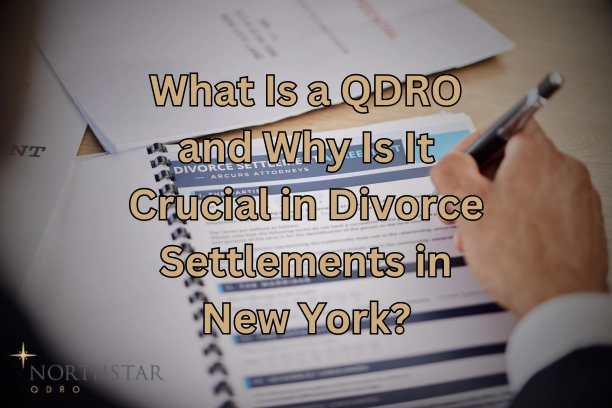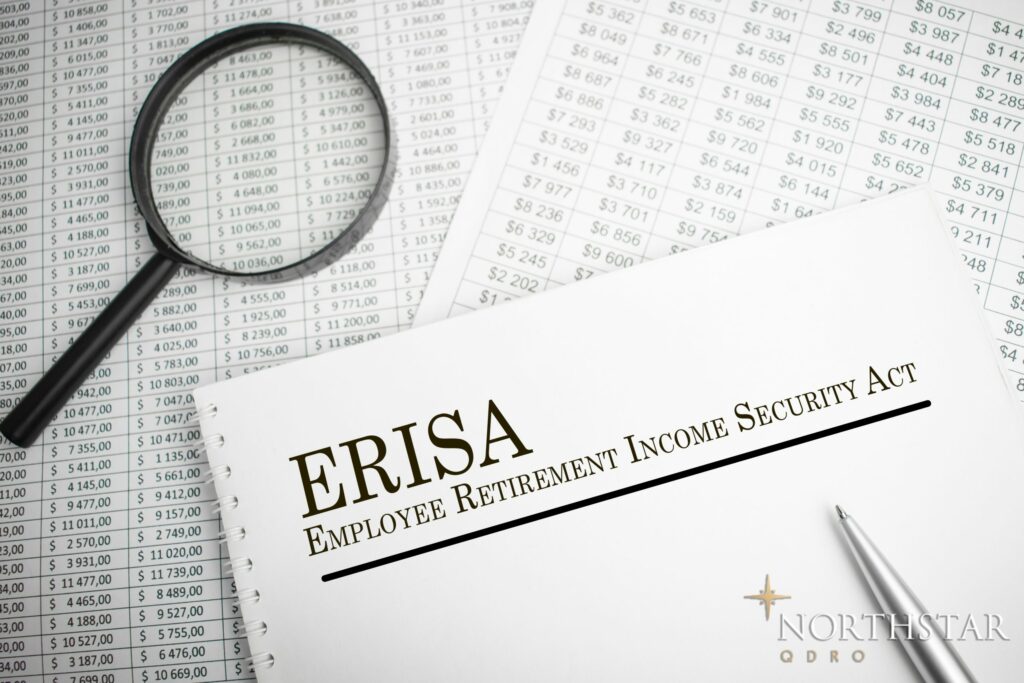Securing Your Financial Future Through QDRO: The Key to Retirement Asset Division in Divorce
Divorce is often an emotionally and financially taxing experience. One of the most significant hurdles is dividing assets, particularly when it comes to retirement savings. For many couples, retirement assets such as pension plans, 401(k)s, and other employee benefit plans are among their largest assets. Yet, these critical assets can slip through the cracks without proper legal mechanisms like a Qualified Domestic Relations Order (QDRO). This omission can lead to financial disaster, especially for the non-participant spouse who depends on those assets for future security.
The problem is that many divorcing couples aren’t fully aware of how to safeguard their retirement assets during divorce proceedings. Without a QDRO, the divorce decree alone may not be enough to ensure a fair distribution of retirement funds. This oversight can result in costly delays and the forfeiture of valuable retirement benefits.
Here’s the solution: by understanding the legal requirements of QDROs and enlisting the help of a knowledgeable QDRO attorney, you can protect your financial future and avoid common mistakes. In this guide, we will explain the intricacies of family law QDROs, the steps involved in the legal process, and the crucial role of family law attorneys in ensuring a favorable outcome.
Understanding Qualified Domestic Relations Orders (QDROs)
A Qualified Domestic Relations Order (QDRO) is a legal document issued as part of the divorce process that allows for the division of retirement plans between spouses. Unlike standard divorce decrees, a QDRO is specifically required to divide qualified retirement plans under federal law, particularly the Employee Retirement Income Security Act (ERISA). This legal order instructs plan administrators on how to divide the retirement benefits between the plan participant and the alternate payee (the recipient spouse).
Key Terms in QDROs
- Plan Participant: The spouse who earned and holds the retirement benefits.
- Alternate Payee: The non-employee spouse who is entitled to a share of the retirement assets.
- Retirement Plan Administrator: The entity responsible for overseeing and managing the retirement plan.
Importance of QDROs in Divorce Settlements
In any divorce settlement, the division of retirement assets is crucial for both parties, particularly when it involves pension plans, 401(k)s, and employee stock ownership plans. A QDRO ensures that the non-participant spouse receives their community property share of retirement benefits. Without a QDRO, the plan administrator may not recognize the alternate payee’s right to the assets, regardless of what the divorce decree says.
Why a QDRO is Essential
- Legal Recognition: A divorce decree alone doesn’t obligate retirement plan administrators to divide retirement plan assets.
- Avoiding Penalties: Properly executing a QDRO avoids withdrawal penalties and tax liabilities when retirement funds are distributed.
- Safeguarding Retirement Security: The non-participant spouse, often a civilian spouse or alternate payee spouse, ensures future financial stability.

Legal Requirements for Issuing a QDRO
Federal law, specifically ERISA, outlines the legal requirements for issuing a QDRO. However, New York State laws also play a role in the process. QDROs must include specific details such as the type of retirement plan, the plan document, and the exact division of benefits payable to the alternate payee.
Steps to Ensure Compliance:
- Detailed Plan Information: Include the retirement plan holder’s details and plan description.
- Division of Benefits: Specify the percentage of benefits or the method used to divide the retirement savings.
- Retirement Plan Administrator’s Approval: Before it can take effect, the QDRO must be approved by the retirement plan administrator once it is drafted.
Types of Retirement Assets Subject to QDROs
Different types of retirement plans are subject to QDROs, each with unique rules and distribution methods. These include:
- 401(k) and Profit-Sharing Plans: Common in many high-asset divorces.
- Pension Plans: Traditional pension benefits, especially in government pensions or city retirement plans.
- Employee Stock Ownership Plans (ESOPs): Share-based plans divided in divorce settlements.
Types of Retirement Plans Covered by QDROs:
- Qualified Retirement Plans: ERISA-covered plans such as 401(k)s, 403(b)s, and profit-sharing plans.
- Benefit Pension Plans: Defined benefit pension plans that promise a specific payout.
- Contribution Plans: Defined contribution plans like 401(k)s and profit-sharing plans.

Differences Between QDROs and Other Orders
Not all legal documents that handle asset division in divorce are the same. A Domestic Relations Order (DRO) is a general legal order that deals with marital assets but doesn’t apply to retirement plans. Only a QDRO allows for the division of qualified retirement plans under federal law.
Key Differences:
- QDRO: Applies to qualified retirement plan assets under ERISA.
- DRO: Deals with other marital assets such as property settlement or non-marital property.
The Role of the Plan Participant in the QDRO Process
The plan participant, often the asset-holding spouse, must provide essential information about the retirement plan during the QDRO process. This includes details about the retirement plan document, plan description, and any specific rules associated with their retirement benefit plan.
Responsibilities of the Plan Participant:
- Submit Retirement Plan Details: Including the type of plan and eligible plan documents.
- Assist in the Process: Communicate with plan administrators to ensure proper execution.
Responsibilities of the Alternate Payee
The alternate payee, usually the non-participant spouse, must ensure that the QDRO is properly drafted, submitted, and approved. Working with a qualified family law attorney is crucial to ensure the alternate payee receives their fair share of the retirement benefits.
Key Responsibilities:
- Drafting and Submitting the QDRO: With the assistance of legal counsel or a QDRO consultant.
- Monitoring the Process: Ensure the plan administrator’s approval.
Steps to Obtain a QDRO
The process of obtaining a QDRO involves several steps that both the alternate payee and the plan participant must follow. Mistakes in this process can lead to delays, tax consequences, or even loss of retirement funds.
Step-by-Step Process:
- Hire a QDRO Lawyer: An experienced QDRO attorney can navigate the complexities of New York laws.
- Draft the QDRO: This legal document must be carefully prepared to comply with both federal and state laws.
- Submit to Court: The QDRO must be approved by the court as part of the divorce judgment.
- Plan Administrator Approval: The QDRO is then submitted to the retirement plan administrator for final approval.
Drafting a QDRO: Key Considerations
When drafting a QDRO, it’s important to consider the type of retirement plan and the specific rules of that plan. For example, military pension plans and company pension plans may have different requirements than civilian plans or 401(k)s.
Key Points:
- Vesting Periods: Some retirement plans require a specific time period before benefits become payable.
- Division of Assets: Specify how the marital assets, particularly retirement savings, are divided.
Notifying the Retirement Plan Administrator
Once the QDRO is drafted, it must be submitted to the retirement plan administrator for review. Failing to notify the administrator in a timely manner can result in delays or even the rejection of the QDRO.
Potential Tax Implications of a QDRO
A QDRO can help mitigate some of the tax consequences that come with dividing retirement benefits. However, if not handled correctly, the alternate payee could face a tax liability when they withdraw their share of the retirement fund.
Key Considerations:
- Avoiding Withdrawal Penalty: A QDRO allows for the transfer between spouses without early withdrawal penalties.
- Income Taxes: The recipient spouse must still pay income taxes on distributions unless rolled into an IRA.
Avoiding Common QDRO Mistakes
Mistakes in the preparation of QDROs can be costly. From failing to meet the legal requirements to miscommunicating with the pension plan administrator, even minor errors can result in financial loss.
Common Mistakes:
- Failing to Submit in Time: Delays in filing can jeopardize retirement benefits.
- Not Specifying the Type of Plan: Different plans have different rules and must be handled accordingly.
Understanding the Timing for QDRO Implementation
Timing is critical when it comes to implementing a QDRO. For instance, failing to submit the QDRO during the divorce proceedings or immediately afterward can lead to complications in the division of retirement benefits.
Impact of QDROs on Future Retirement Benefits
A QDRO can affect future retirement plan assets in many ways, including the division of survivor benefits and monthly payments. It’s crucial to understand how the QDRO will impact long-term financial planning.
Key Impact Areas:
- Survivor Benefits: Ensure that the QDRO protects the alternate payee’s rights.
- Long-Term Planning: Work with a financial advisor to navigate the complexities.
Resolving Disputes Over QDROs
Disputes over the division of retirement assets are common, particularly in high-asset divorces. A qualified family law attorney can help resolve these disputes by negotiating fair terms or, if necessary, taking the case to court.
Seeking Legal Assistance for QDROs
Given the complexities of QDROs and the potential financial risks, working with experienced attorneys is essential. A QDRO lawyer can ensure the process runs smoothly and protect your financial future.
Benefits of Legal Counsel:
- Ensuring Compliance: A knowledgeable attorney ensures that the QDRO complies with all legal requirements.
- Avoiding Mistakes: Legal professionals can help avoid common errors that lead to financial losses.
Preparing for Financial Planning Post-Divorce
Once the QDRO is in place, it’s essential to focus on financial planning. A financial advisor can help you understand the long-term impact of the division of retirement benefits and guide you in making informed decisions.
Frequently Asked Questions (FAQs)
What is a QDRO and why is it important?
A QDRO is a legal order that divides retirement benefits between divorcing spouses. It ensures that retirement plan administrators legally recognize the division of retirement plan assets, securing the alternate payee’s financial future.
How do taxes apply when withdrawing from a QDRO?
Taxes on QDRO withdrawals are similar to standard retirement withdrawals. The alternate payee is responsible for paying income taxes unless the funds are rolled over into an IRA.
Can a QDRO be modified after it’s issued?
Yes, a QDRO can be modified, but it requires court approval. Modifications may be necessary if there is a change in circumstances, such as the death of the plan participant or a change in the marital settlement agreement.
What assets are typically included in a QDRO?
QDROs typically cover retirement assets such as 401(k)s, pension plans, and profit-sharing plans. Military pension plans and other specialized retirement assets may also require QDROs.
How long does the QDRO process take?
The time period for completing a QDRO can vary. On average, it takes several months, depending on the complexities of the divorce case and the retirement plan administrators’ review process.
Protecting Your Retirement and Financial Future
Navigating the legal requirements for dividing retirement assets in divorce can be daunting, but with the right guidance, you can secure a fair and equitable division. By understanding the importance of QDROs, enlisting the help of a QDRO attorney, and taking proactive steps in financial planning, you can ensure a favorable outcome and protect your future.
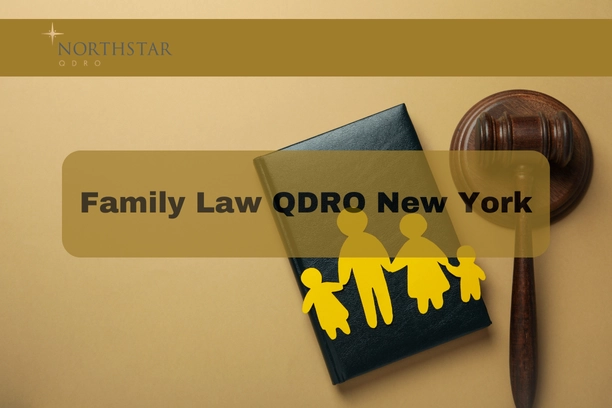
Family Law QDRO New York
At Northstar QDRO, we specialize in navigating the complexities of family law QDROs to ensure your retirement assets are divided fairly during a divorce. Our experienced team understands how vital your retirement plans are to your financial future, and we are dedicated to securing your rights as the alternate payee or plan participant. Whether you’re dealing with a pension plan, 401(k), or other qualified retirement plans, our QDRO attorneys will guide you through the legal process, ensuring compliance with New York laws and the specific requirements of your retirement plan administrator.
With decades of experience in marital property division, we handle the preparation and submission of QDROs efficiently, helping you avoid common mistakes that could jeopardize your financial security. Don’t let the confusion of the divorce process overwhelm you—let Northstar QDRO simplify it for you. Call us today at (718) 303-0753 to schedule a consultation or visit our office in Staten Island. We’re here to protect your future and ensure a smooth division of retirement assets.
Read more
QDRO Mistakes to Avoid: Tips from Family Law Experts

